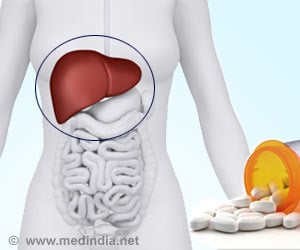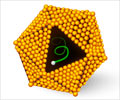The 3D magnetic resonance elastography (MRE) is the most accurate non-invasive method to detect non-alcoholic fatty liver disease (NAFLD).

TOP INSIGHT
The new 3-D magnetic resonance elastography (MRE) tool creates images that measure the stiffness of the liver tissue, which is an indicator of fibrosis.
"3D MRE is probably the most accurate non-invasive method to detect advanced fibrosis," said Rohit Loomba, the study's first author and director of the NAFLD Research Centre at UC San Diego School of Medicine.
MRE is a specialized version of magnetic resonance imaging (MRI) that propagates mechanical shear waves in liver tissue. An algorithm creates images that quantitatively measure tissue stiffness -- an indicator of fibrosis.
The 2D version of MRE is already commercially available and easily implemented on basic MRI systems in clinics. Three-dimensional MRE is more technically demanding and not yet widely available.
The findings of the study, published recently in the American Journal of Gastroenterology, are encouraging because diagnosing NAFLD can be challenging.
"These findings suggest that MRE could be used to enroll patients with advanced fibrosis into screening programs for cirrhosis as well as enrollment into clinical trials aimed at reversing fibrosis in the setting of advanced fibrosis," Loomba said.
 MEDINDIA
MEDINDIA




 Email
Email









